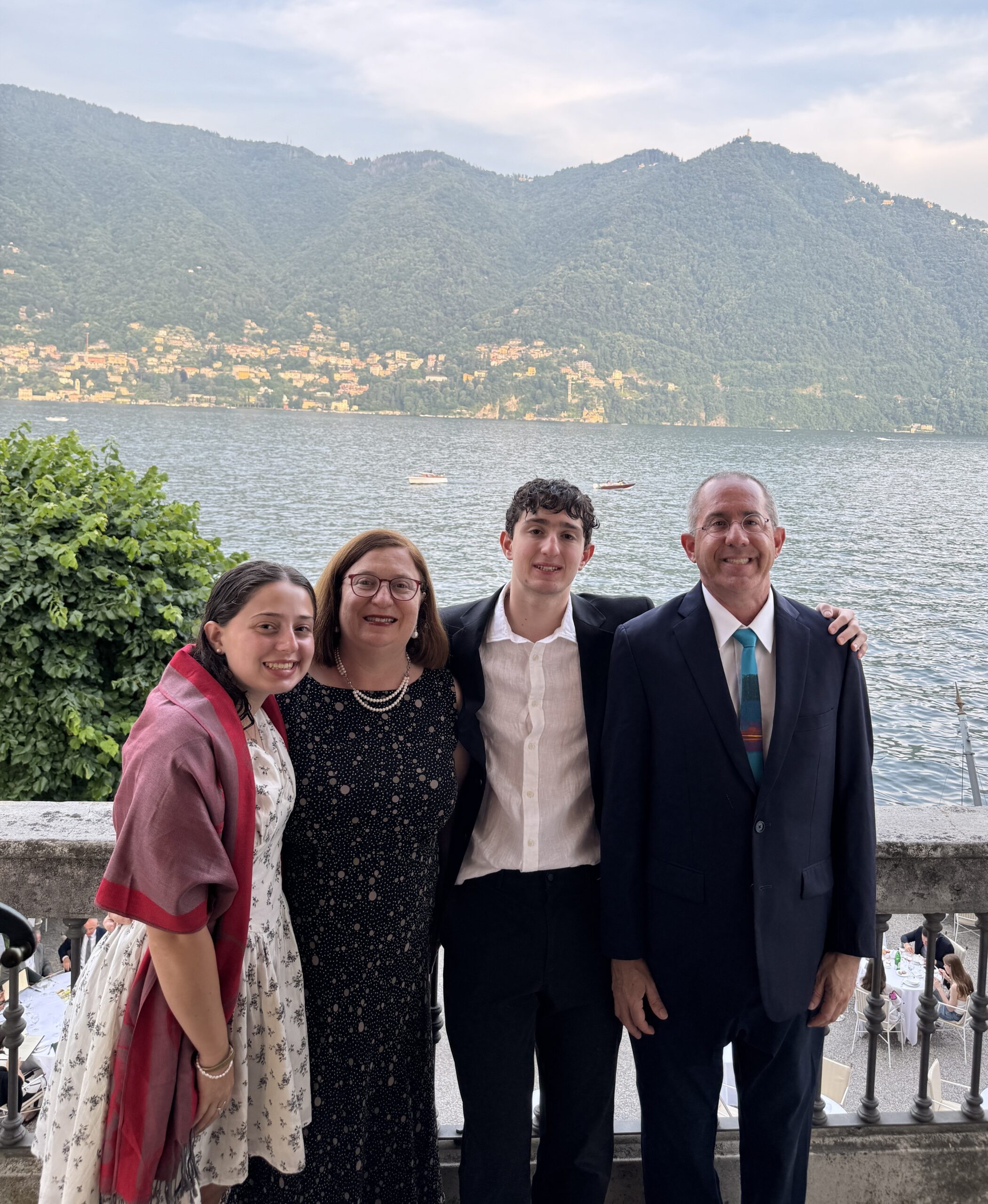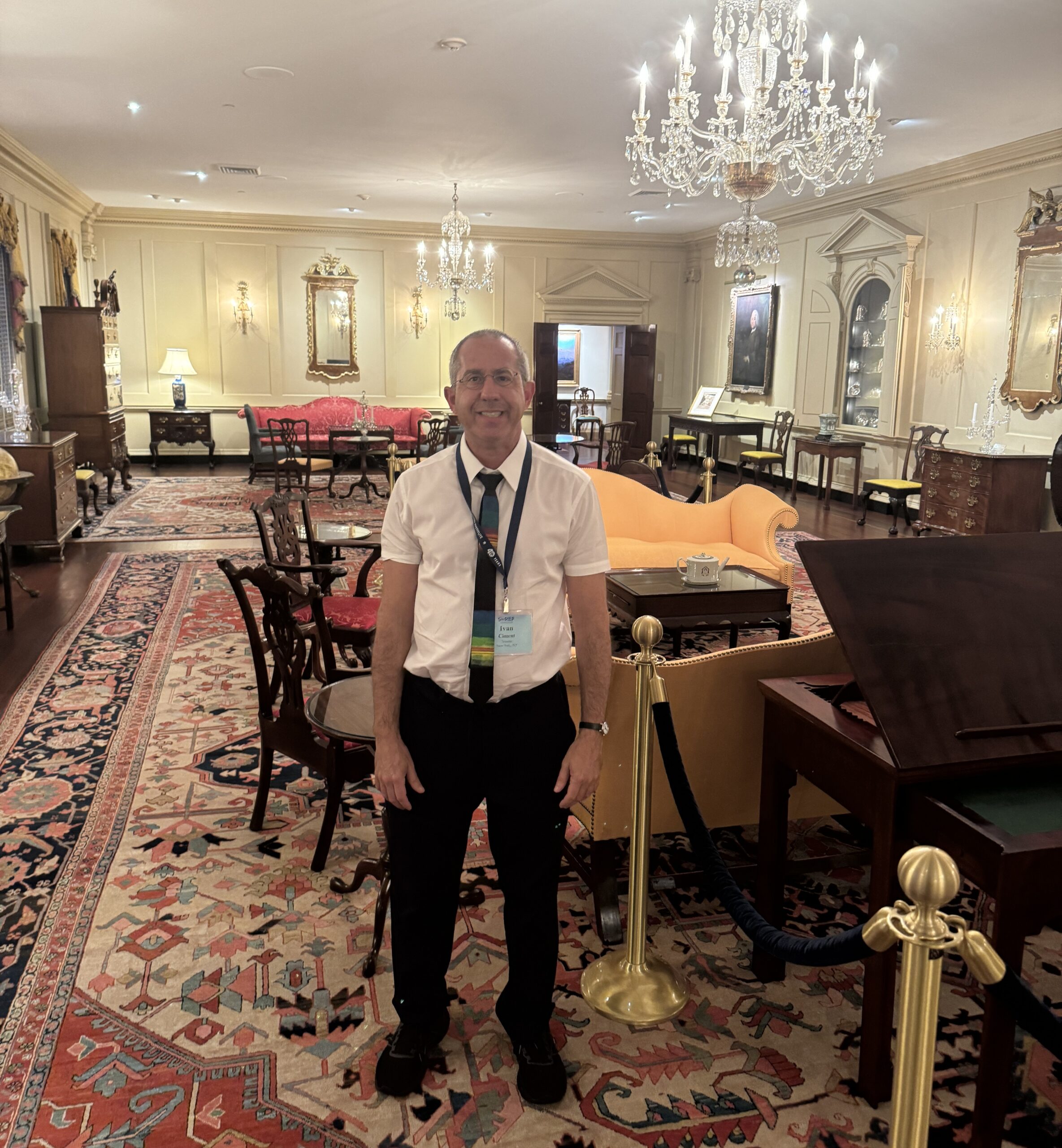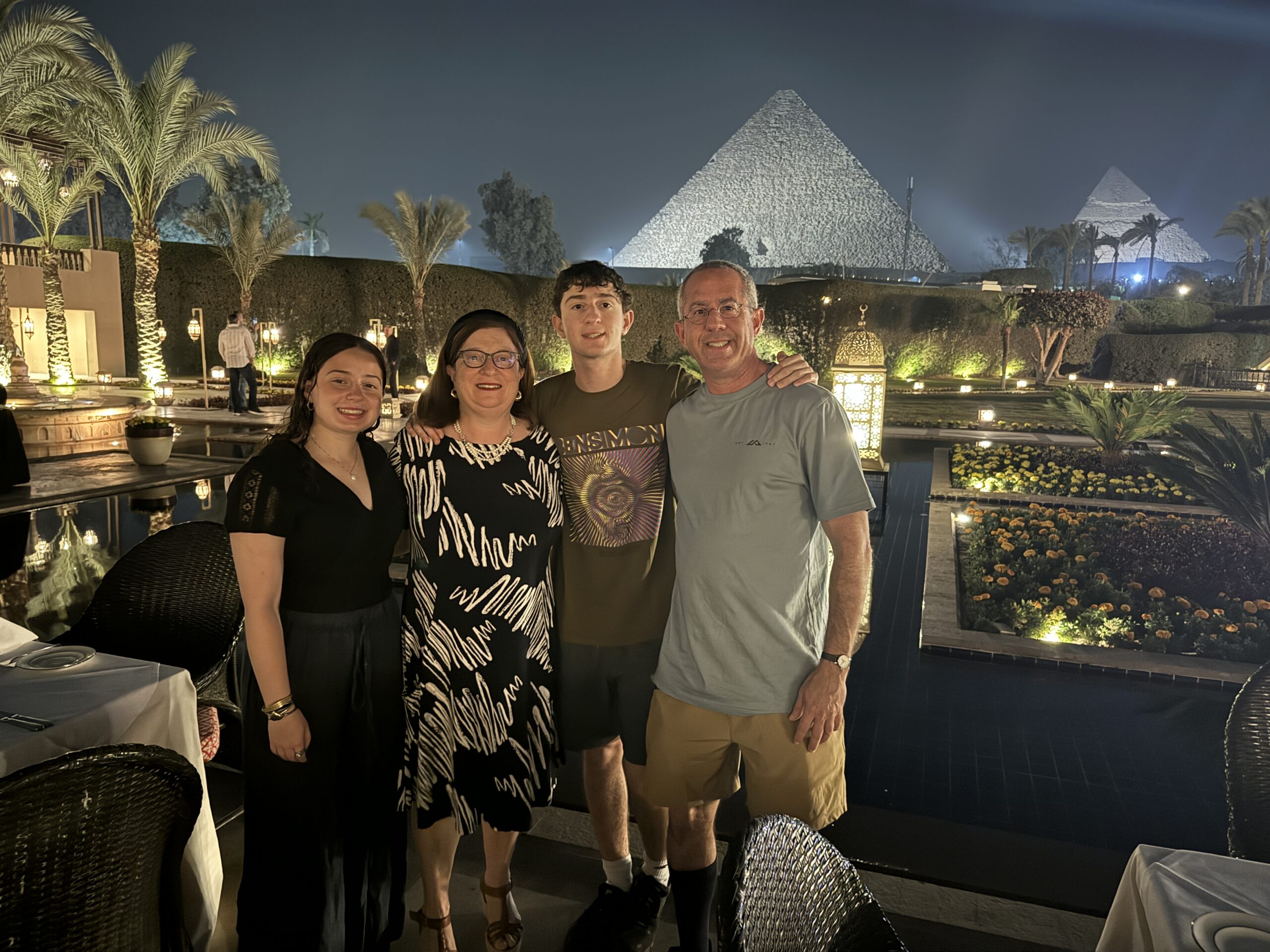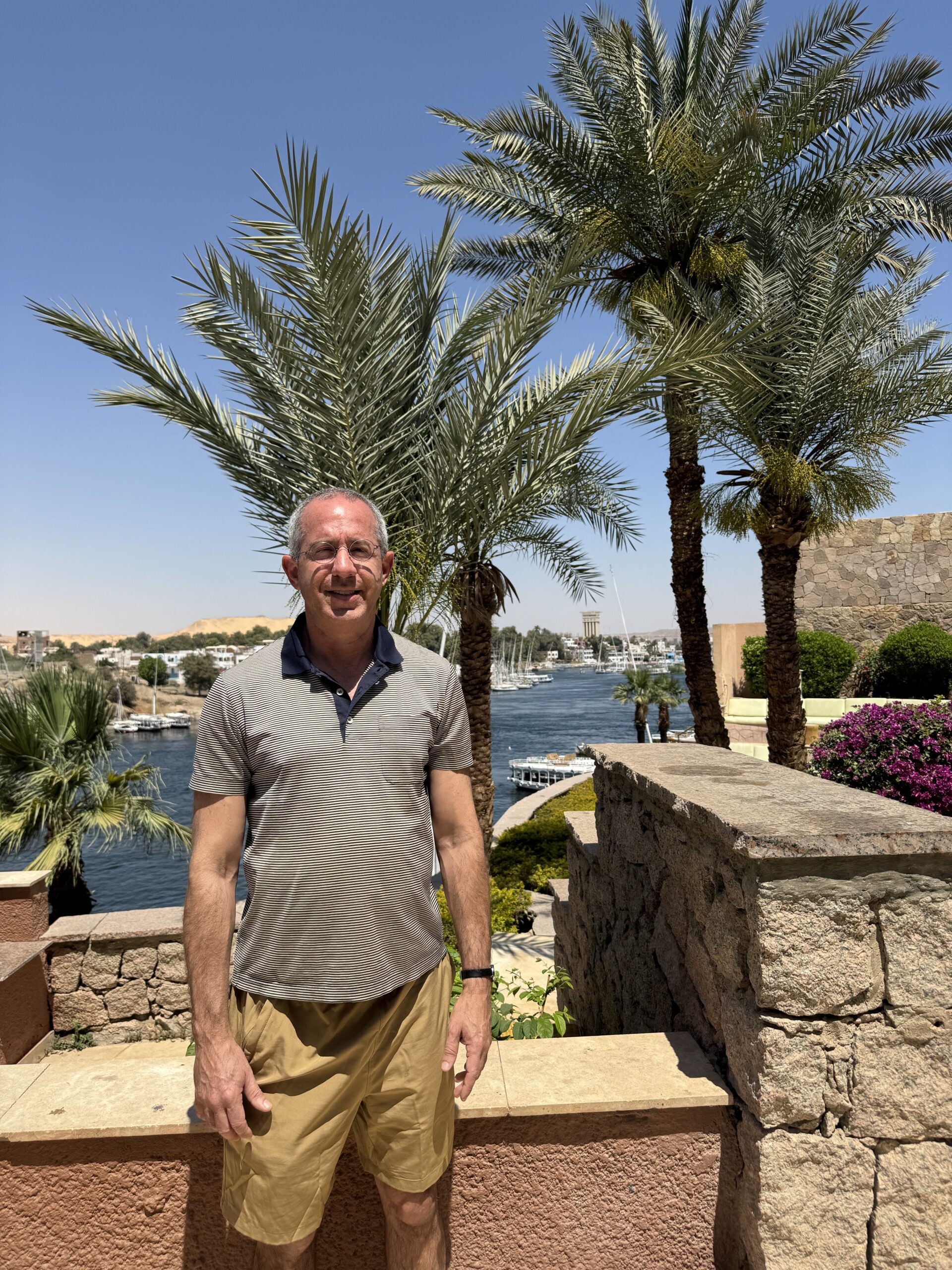In general, my sense is that current efforts are spearheading surgical strikes to infuse new life into the younger sectors of an increasingly apathetic and unaffiliated Jewish population. I am skeptical and it is within the consensus that it will take a generation to know if these efforts work. This plan is geared toward providing infrastructure to interface with the Jewish population on a day to day basis that will greatly increase the odds of producing permanent positive change. The vision: make Judaism and the feeling of tribal membership more available to the average person.
As you will notice, I don’t propose any additional museums, monuments, coffee and music houses or trips to Israel. The focus here is on daily life and bringing substantive Jewish opportunities to the Jew in real-time either at home or in public spaces, albeit in a non-coercive and non-doctrinal manner. I am not in the business of trying to convince anyone that any version of Judaism, Zionism or Israeli policy is correct. What I do personally is my own business. However, no attempt is made herein to sugar-coat the content or to limit services to any particular age bracket — a large sector of the community remains underserved and a large amount of the new services being provided are “cool” but devoid of Jewish content. The above is not an “outreach” project any more than it is a community project to keep already committed people within the daily loop. The point is that we need to make the Jewish World accessible, keep people informed and make them feel relevant. Attention is also given to long-term solutions to the gaps that exist in Jewish leadership, particularly as it relates to the new Middle East.
________________________________________________________________________
I. Free Media. There is an absence of quality free Jewish media. You can count the number of independent quality Jewish newspapers on one hand in North America. The opinion in nearly all newspapers is written by the same dozen syndicated columnists for the past thirty years, none of whom are under age 40, and many of whom know what they read more than what they have experienced. News is often reported and edited by people who don’t know very much about the subjects they cover. There is nothing in terms of original thought, news or debate about Jewish subjects that you can’t find in non-Jewish media and there is no newspaper in the North American Jewish World that will print a column on anything longer than 800 words. Depth of analysis or debate of political, religious or social issues is virtually non-existent because of inherent and political restraints. The New York Times and the Economist expend more resources covering the Jewish World than we do and they are a more enlightening read. What I read in the Jewish media about the Middle East (save for certain English language publications published in Israel but hardly noticed by Jewish leaders or editors in the U.S.) is on another planet from what I experience every day as I deal with the world as it is. The Holocaust is a prominent feature and anti-semitism is a latent threat — that much I can predict each week in the Jewish media. Some great reasons to subscribe.
If a Jew is to look for information, education, culture and inspiration in his or her daily life, resources need to be directed toward creating free media available via television, print, radio and internet. Proposed FCC licenses will allow for the creation of a not-for-profit radio station to serve the upper east & west sides of Manhattan with transmitting equipment costing about $1,000, according to the New York Times (January 2000). Monthly inserts to existing newspapers targeted at certain audiences with supplemental distribution by other means is a relatively cheap way to enter and penetrate the world of print media. The television medium is the best way to penetrate people’s homes and the cost of producing programs has become a fraction of what it once was. Cable and satellite systems offer narrowcasting opportunities on a free or subscription basis in ways never before contemplated, particularly with the advent of digital broad band broadcasting. The fact that Jewish-interest programming is currently limited to dancing chassidim and talking heads such as Leon Charney and the Rebetzin Jungreis is not a reason to avoid this genre with a twenty-foot poker. Buenos Aires has had a Jewish television channel for years. The Jewish World demographic is an advertiser’s gem not to be ignored.
Quality non-partisan “cool” media will showcase new ideas and revitalize a stagnant intellectual and political debate which has become irrelevant to most Jews. It is the first step toward making “Jewish” a positive part of people’s daily lives in this media-driven century. It may even create a new range of holiday songs for us to sing and give us new reasons to want to continue to exist.
II. “Jewish Pride” Festival. Ever hear of Gay Pride? It’s become the annual Purim for many gay people and it didn’t exist more than a decade ago; a disproportionate number of its top organizers are Jews. The African-Americans and Puerto Ricans go all out on their festivals. Why shouldn’t we Jews have a Pride festival (and keep a straight face while thinking about it)? This would be an annual celebration of things Jewish with educational, cultural and communal offerings. The closest we have is the Israel Day Parade which has become a political animal and does not attract people who aren’t Israel-centric, an increasingly important fact as Israel becomes less central to segments of the Jewish population. A model worth emulating in part is the Limmud conference held annually in Britain, a 5-day “open university and cultural experience” during Christmas-New Year’s week attended by roughly 1,200 lay people between the age of 10 and 90, which has succeeded in attracting participation by nearly all community sectors. This type of activity done right can attract participants from all over the country or be duplicated around the country.
An adjunct would be to create a stage-show geared toward presenting a picture of the Jewish World to younger people that would be in the Disney/Bowl Halftime mold B a real knock your socks off kinda show. Such a spectacle could tour and break even on ticket sales and corporate sponsorships. It would make a powerful impression on many young people just as the Hineni road show made an impression when it came to visit places such as Miami 25 years ago when it was the biggest thing we had going all year. Today the only kid idol in the Jewish World is Uncle Moshe and his repertoire is suitable for a narrow audience. Why not create our own version of In Sync? Our people certainly know how to create most of the other teen fads in existence.
III. Yom Kippur Takeaway. When people leave synagogue this Yom Kippur, they should receive a 354 page book and resolve to study a page of it a day for the coming Jewish year. Each day’s lesson would contain an excerpt from a religious text followed by commentary and discussion questions. The curriculum would be designed so that every Jew from every denomination and level would find the daily reader engaging. All Jews would be on the same page every day and would have something in common to talk about to each other, much like the Daf Yomi creates a certain universality among those who study Talmud. Properly augmented with such adjuncts as Internet chat and lotteries (ie: scratch-off sheets tucked into the books), this could become an exciting program that would do wonders for intra-communal relations. This is also the easiest program to replicate all over the world on a real-time basis.
IV. Leadership University. Once upon a time, Yeshiva College was for the most part a college engaged in a ecumenical struggle over its soul. Now it’s a Yeshiva without any pretense of being otherwise. It is not a place to inspire people who will step out of the box and dare to be creative and integrationist with the world at large. A prototype undergraduate or graduate institution such as the original Cooper Union would take only the best and brightest on full scholarship geared specifically to train future communal, political and business leaders B even if only 100 students per year Band will make a crucial difference for the next generation and probably produce the first American Jewish president. It will produce leaders we and the world can be proud of, not ones we settle for. With innovative thinking by business-oriented people who are not career academics, the models that have produced wasteful sprawling universities that bear no relation to a market resource can be refashioned to create institutions that will not be an irrational drain on financial resources and produce products the market can use. Such a prototype might also produce dividends in the reformation of universities in general.
V. Middle East Young Professionals. If peace will exist in the Middle East, it must be between people. Israelis don=t know Arabs and American Jews know neither. Future Generation leaders of the various countries need to be given opportunities to meet each other and form personal relationships, and it is amazing that 30-somethings are taking over the Arab world while American Jews and Israelis remain clueless of professionals within this segment of people. No doubt 30-somethings on the Arab side are getting more backing from their leaders than 30-somethings on the Jewish side who are for the most part being ignored and not given meaningful responsibilities. The greatest impediment is that people on both sides of the divide don’t have contacts of their own to visit and many of the Arabs from the poorer countries have financial and bureaucratic problems visiting Israel. Strategic assistance in financing and shepherding cross-border visits between targeted people — a sort of Chamber of Commerce program being pushed from behind — will make the difference in cementing the peace for the next generation.
Details, Details: For the “How” click on the appropriate link below.
The Case for a TV Network and its Implementation
Radio One: A Jewish Radio Station for Manhattan’s Upper East/West Side





